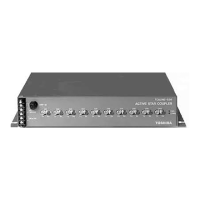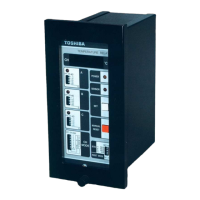What to do if Toshiba Network Hardware shows a power error?
- MMelissa AndersonJul 25, 2025
If your Toshiba Network Hardware is showing a power error, first ensure that the product is powered on. If the issue persists, check for any hardware problems. Power issues or hardware malfunctions could be the cause.





